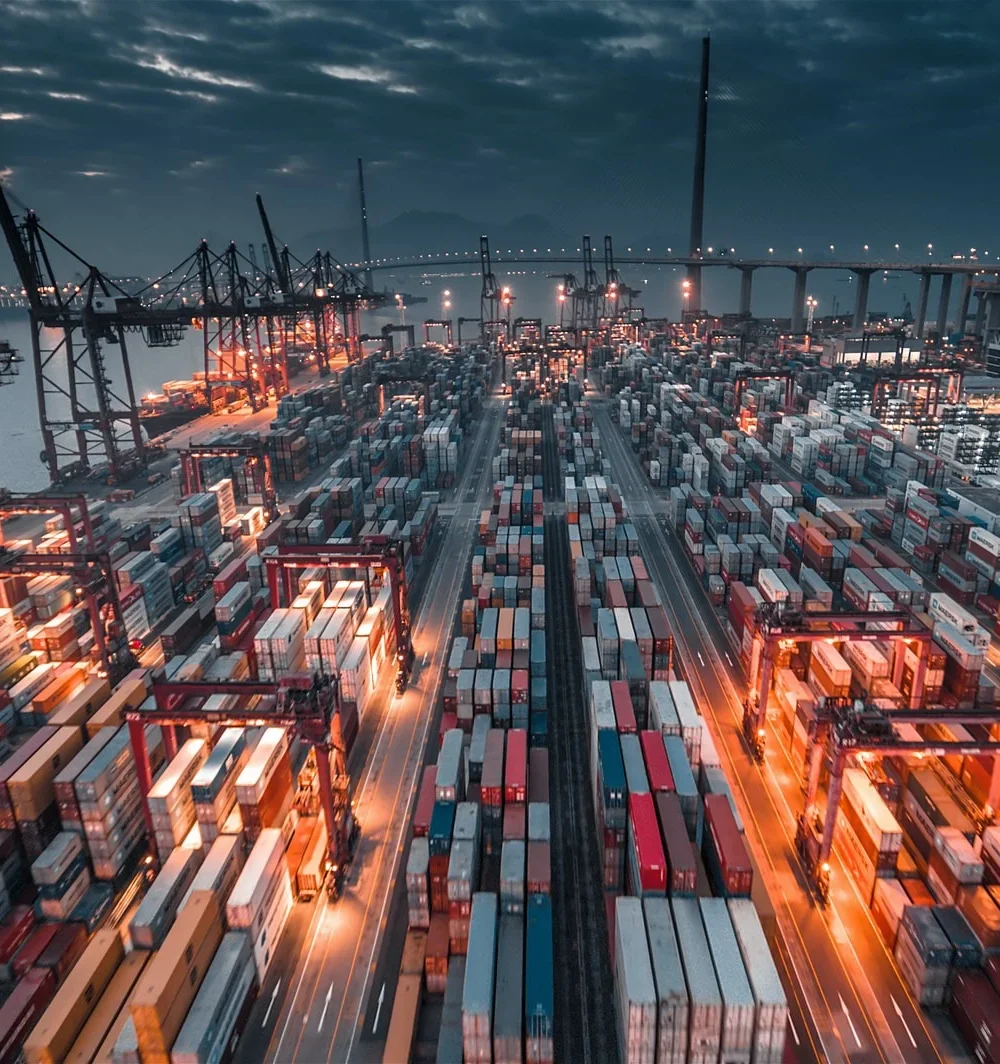The metals
market is one of the most dynamic and complex sectors in the global economy.
From industrial powerhouses like steel and aluminium to precious metals such as
gold and silver, the prices of these commodities are subject to constant
fluctuations. Price volatility in the metals market presents both challenges
and opportunities for traders, manufacturers, and investors alike. For
platforms like MetaMetalX, understanding and managing this volatility is
critical to fostering stability, efficiency, and profitability.
What Causes Price Volatility
in the Metals Market?
Price
volatility refers to the frequent and significant fluctuations in the prices of
metals. Several factors contribute to this phenomenon, including:
1. Supply and
Demand Dynamics
The fundamental
laws of supply and demand play a significant role in determining metal prices.
Shortages in supply or surges in demand can lead to sharp price increases. For
example, the rapid adoption of electric vehicles has driven up demand for
lithium and cobalt, causing their prices to spike.
2. Geopolitical
Events
Geopolitical
tensions, such as trade wars, sanctions, and conflicts, can disrupt the supply
chain and impact metal prices. For instance, sanctions on major metal-producing
countries can lead to shortages and increased prices.
3. Currency
Fluctuations
Metals are
typically traded in US dollars. As a result, fluctuations in currency exchange
rates can affect the cost of metals in local markets. A strong dollar, for
instance, can make metals more expensive for buyers using weaker currencies.
4. Economic
Indicators
Economic
indicators such as GDP growth, industrial production, and construction activity
influence the demand for metals. Slowdowns in economic activity can lead to
reduced demand and lower prices, while periods of growth typically drive prices
upward.
5. Speculation
and Investment Trends
The metals
market attracts significant interest from speculators and investors. Their
activities, such as buying and selling large quantities of metals or futures
contracts, can lead to price volatility.
6.
Technological and Industrial Trends
Technological
advancements and shifts in industrial practices also influence metal prices.
The growing emphasis on renewable energy has increased the demand for metals
like copper and aluminium, contributing to price fluctuations.
The Impact of Price
Volatility
Price
volatility has far-reaching implications for all stakeholders in the metals
market. Understanding these impacts is essential for developing effective
strategies to navigate volatility.
1. Challenges
for Traders
For metal
traders, price volatility creates uncertainty, making it difficult to forecast
profits and manage risks. Sharp price swings can result in significant
financial losses if not properly managed.
2. Impact on
Manufacturers
Manufacturers
reliant on metals face challenges in budgeting and cost control due to price
fluctuations. Volatile prices can lead to increased production costs, which may
be passed on to consumers, affecting competitiveness.
3.
Opportunities for Investors
While
volatility poses risks, it also creates opportunities for investors to
capitalise on price movements. Savvy investors can profit from buying metals at
lower prices and selling them at higher prices during periods of volatility.
4. Supply Chain
Disruptions
Volatility can
disrupt the supply chain, leading to delays and increased costs for businesses.
Managing these disruptions requires robust planning and effective risk
management strategies.
Strategies for Navigating
Price Volatility
Navigating
price volatility requires a combination of proactive planning, risk management,
and the use of advanced technologies. Here are some strategies that
stakeholders can adopt:
1. Hedging with
Futures and Options
Hedging is a
common strategy used by traders and manufacturers to mitigate the risks
associated with price volatility. By entering into futures or options
contracts, businesses can lock in prices for a specified period, protecting
themselves from adverse price movements.
2. Diversifying
Suppliers
Relying on a
single supplier increases vulnerability to price volatility. Diversifying
suppliers across different regions and markets can help businesses reduce the
impact of localised disruptions and price fluctuations.
3. Leveraging
Technology
Advanced
technologies such as artificial intelligence (AI) and predictive analytics can
provide valuable insights into market trends and price movements. Platforms
like MetaMetalX utilise these technologies to offer real-time market data,
enabling stakeholders to make informed decisions.
4. Building
Strategic Reserves
Maintaining
strategic reserves of critical metals can help businesses weather periods of
high volatility. These reserves act as a buffer, ensuring continuity in
operations and reducing the need to purchase metals at inflated prices.
5. Long-Term
Contracts
Establishing
long-term contracts with suppliers and customers can provide stability in
pricing and reduce exposure to market fluctuations. These agreements often
include fixed prices or adjustable rates tied to market indices.
6. Monitoring
Economic and Geopolitical Trends
Staying
informed about economic indicators and geopolitical developments is essential
for anticipating price movements. Regular monitoring enables businesses to
adapt their strategies in response to changing market conditions.
7.
Collaborating with Technology Platforms
Platforms like
MetaMetalX provide comprehensive tools and resources for navigating price
volatility. From real-time market analysis to blockchain-powered transparency,
these platforms empower stakeholders to manage risks and optimise their
operations.
How MetaMetalX Helps
Navigate Price Volatility
MetaMetalX is
at the forefront of innovation, offering a suite of solutions designed to
address the challenges posed by price volatility. Here’s how MetaMetalX
supports its users:
1. Real-Time
Market Insights
MetaMetalX’s
AI-driven platform provides real-time insights into market trends and price
movements. These insights enable users to make data-driven decisions, reducing
uncertainty and mitigating risks.
2.
Blockchain-Powered Transparency
By leveraging
blockchain technology, MetaMetalX ensures transparency and trust in
transactions. Immutable records of trade data and pricing help users verify
information and maintain compliance.
3. Predictive
Analytics
The platform’s
predictive analytics tools forecast price trends based on historical data and
market indicators. These forecasts empower users to plan their strategies and
capitalise on opportunities.
4. Supply Chain
Optimisation
MetaMetalX
integrates IoT and advanced logistics tools to enhance supply chain visibility
and efficiency. This reduces disruptions and ensures timely deliveries, even
during periods of market volatility.
5. Customised
Risk Management Solutions
The platform
offers tailored risk management solutions, including hedging tools and
real-time alerts. These features help users safeguard their operations against
adverse price movements.
The Future of Price
Volatility in the Metals Market
As global
demand for metals continues to grow, price volatility is likely to remain a
defining characteristic of the market. However, advancements in technology and
the increasing adoption of sustainable practices are expected to shape the
future of the industry.
1.
Sustainability Initiatives
The transition
to a circular economy and the use of recycled metals can help stabilise prices
by reducing dependence on primary metal production. Wholesalers and traders who
embrace sustainability will be better equipped to manage volatility.
2. Integration
of Advanced Technologies
The integration
of AI, blockchain, and IoT will further enhance market transparency and
predictability. These technologies will empower stakeholders to navigate
volatility with greater confidence and efficiency.
3. Global
Collaboration
Greater
collaboration among industry players, governments, and technology providers can
help address the root causes of volatility. Initiatives aimed at improving
supply chain resilience and ensuring ethical sourcing will contribute to a more
stable market.
Conclusion
Price
volatility in the metals market presents both challenges and opportunities for
stakeholders. By adopting proactive strategies, leveraging advanced technologies,
and collaborating with platforms like MetaMetalX, businesses can effectively
navigate this complex landscape.
With its
innovative tools and insights, MetaMetalX is leading the way in helping
traders, manufacturers, and investors manage risks, optimise operations, and
capitalise on market opportunities. As the metals market continues to evolve,
staying ahead of price volatility will be essential for achieving long-term
success.
Navigating Price Volatility in the Metals Market
0
Comments
Likes
Clear Filters





